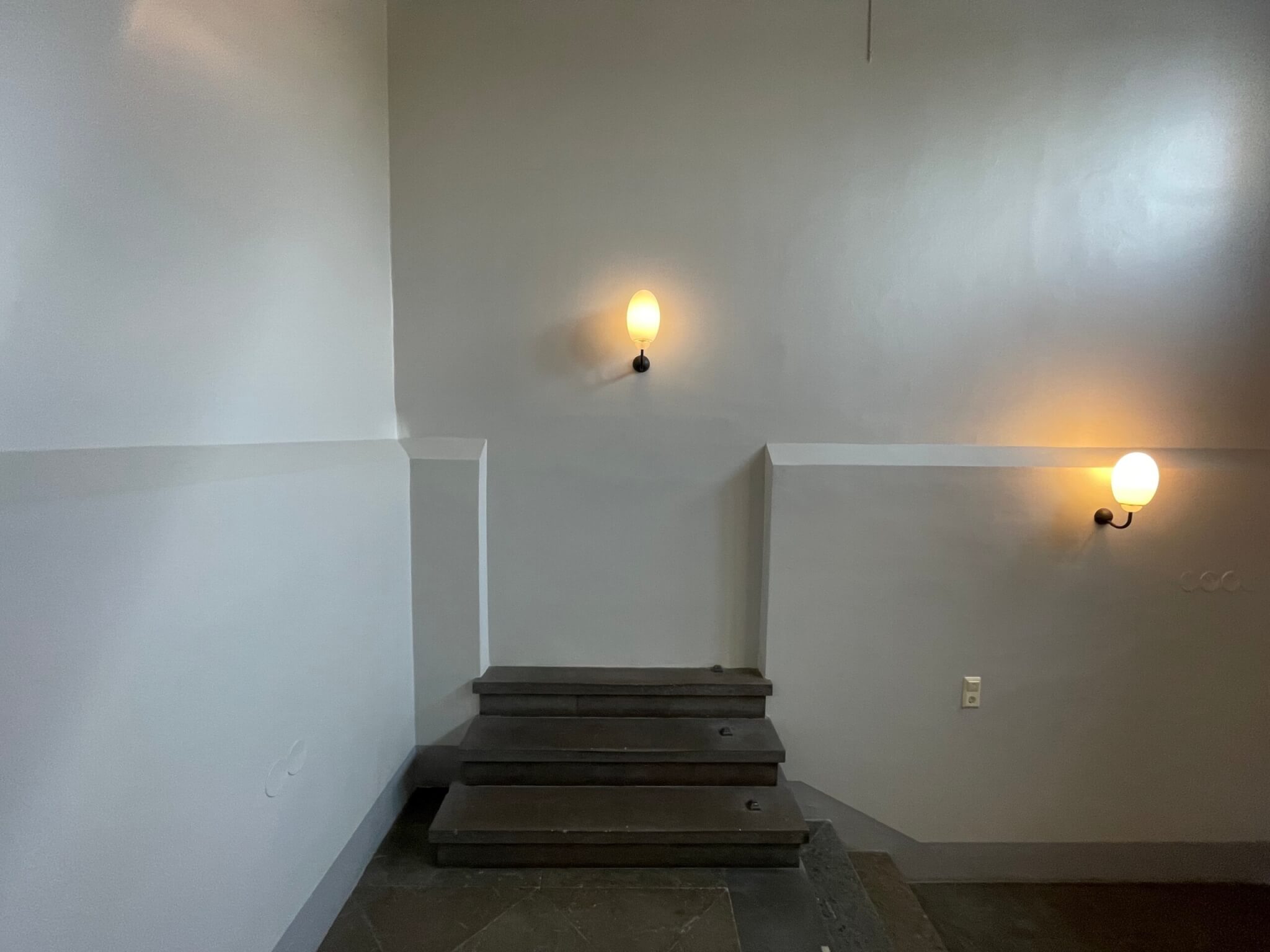
Project presentations in the “Inclusive Classroom” course today
I am just coming home after the final presentations in the course “The Inclusive Classroom – UDL”, and this afternoon was the absolutely perfect example of why Lund University needs a course like this.
The course itself is set up almost like a seminar series: A number of speakers come and share their experience on different topics (see summaries of some of this year’s sessions here, as well as a compilation of take-aways from last year’s course here). Speakers are experts in their fields, either in the classical academic sense, or because they are practitioners working with inclusion in one way or another across the university, for example in student support services. While speakers and topics change every week, a core team of teachers is present for all presentations to provide continuity, and the meetings are set up for engaged discussions. This is done by asking participants to prepare for the meeting (typically by some type of reading, video, or other input and some reflection questions that participants answer in writing before the meeting), by making sure the presentation is only 30-45 minutes long to leave enough time to actually discuss, and — importantly — by offering coffee and a friendly and curious atmosphere, where everybody genuinely wants to learn from and with each other.
Participants can choose to work on a project in the course, and today was the day where these projects were presented. And that was so super interesting to see since they spanned a super wide range of topics and approaches!
As an example from someone in an educational leadership role, Johanna presented a framework she developed to support study programs in thinking about inclusivity, by clarifying roles (e.g. study director vs teacher) and responsibilities for different aspects of inclusivity (e.g. information about the program, the learning management system’s pages for the course, the way students are met in the classroom, who knows about students’ needs before they become a problem when they aren’t met for too long, …), and by considering different activities (e.g. improved landing pages in the learning management system!) and how to evaluate whether they are working (e.g. conversations with students). She has already started to implement steps from her framework, and will continue doing so. So many people in educational leadership roles could learn so much from her!
As a teacher thinking about how to talk about inclusion with other teachers and in order to not overwhelm them with the enormity of the task of creating inclusive environments, Linda reflected on different analogies. How can we make it easier for teachers to think about, and also talk about, different brain functions, and how they play out in different ways in different people, neurotypical or not? There is the office analogy, of course, but also the spoon theory, where spoons represent units of energy that someone has available for the day. Different people don’t start out with the same number of spoons, and then the spoons are used up by different things (for example, commuting when there are school kids on the bus is a big energy drain for me, but for others it might not be). That type of analogy lowers the threshold to expressing needs through a shared language (“my receptionist is tired today, can we please shut the window so I don’t have to actively ignore the noise outside”), but also to relate to other people’s needs.
And then as a teacher working on ideas for their own teaching, Arthur used GenAI to convert slides and articles into a podcast, and reflected on the motivation and experience. The motivation is about providing multiple formats for low-threshold starts into new topics, and with podcasts also a format that can easily be combined with commuting, going for a walk, or doing dishes. Or sitting at your desk. The experience itself, he reports, turned out to be fairly easy in terms of the technical implementation with fairly little time investment despite doing proofreading, but a little costly, since he went for the paid-for nicer voices. But then listening to a sample, the quality of the experience was surprisingly high quality! Of course, just presenting students with a podcast isn’t good enough and as any flipped classroom the podcast needs to be embedded in active learning opportunities. But that is then the next step to take and test!
All the projects are currently being written up, and we are discussing different venues to present and further build on them. I will share here when they are available!
Participants made it very clear that they appreciated the course very much, both for all the different inputs looking at the same topic from very different perspectives, and for the time it “gave” them to discuss, build community, engage with the topic and apply it to their own context. Of course, as one participant pointed out, they could also have done it on their own — found all the different people working on topics related to inclusion at LU, contacted them, talked to them, read up on theory and good practice — but who does have time for that, especially considering that teachers are already insanely busy and are also people who themselves only have a limited amount of spoons full of energy available every day. Having information and contacts curated and brought together in such a setting as in this course is extremely beneficial. For me personally, even being part of this course for the second time round, all the discussions were intriguing, interesting, thought-provoking, and definitely worth the time I spent on them, and I hope we can continue growing this community of amazing, engaged, caring teachers, and together create a truly inclusive LU!
Featured image: That’s what it sometimes feels like. There are lights guiding in the right directions, but then someone just put up a wall and everything stops… Funnily enough that picture is taken in the building we teach the course in!